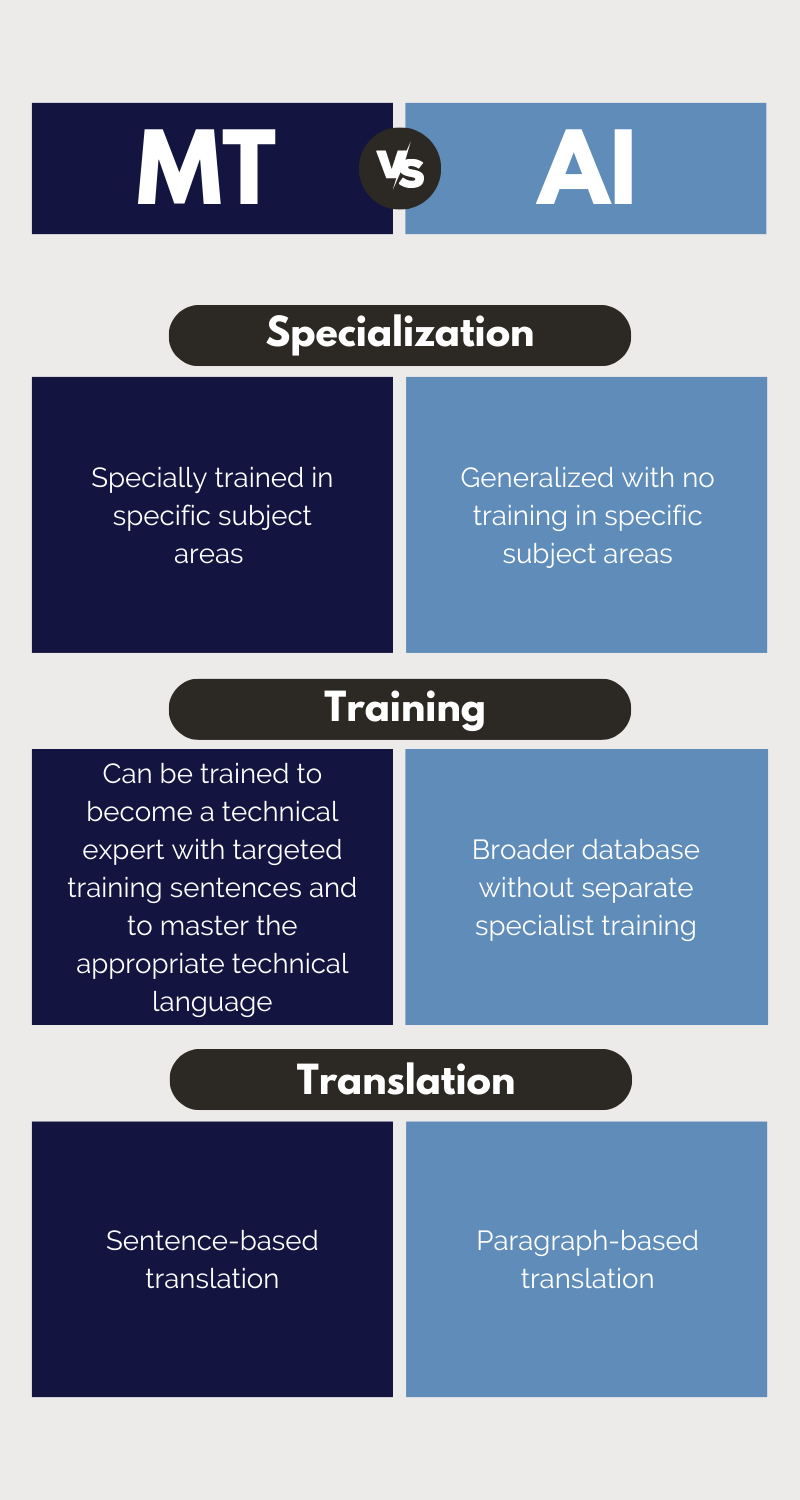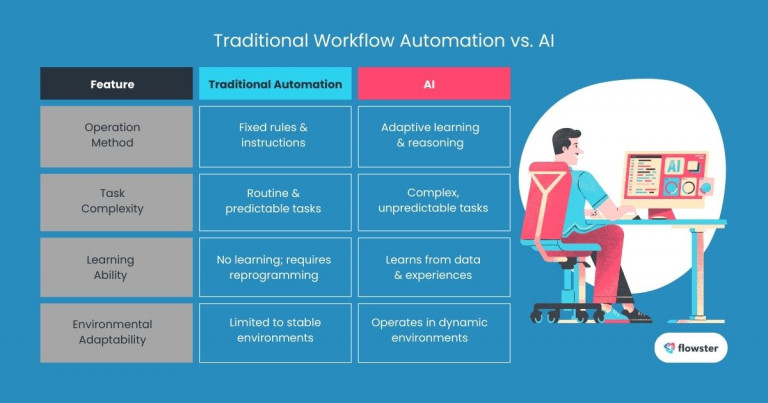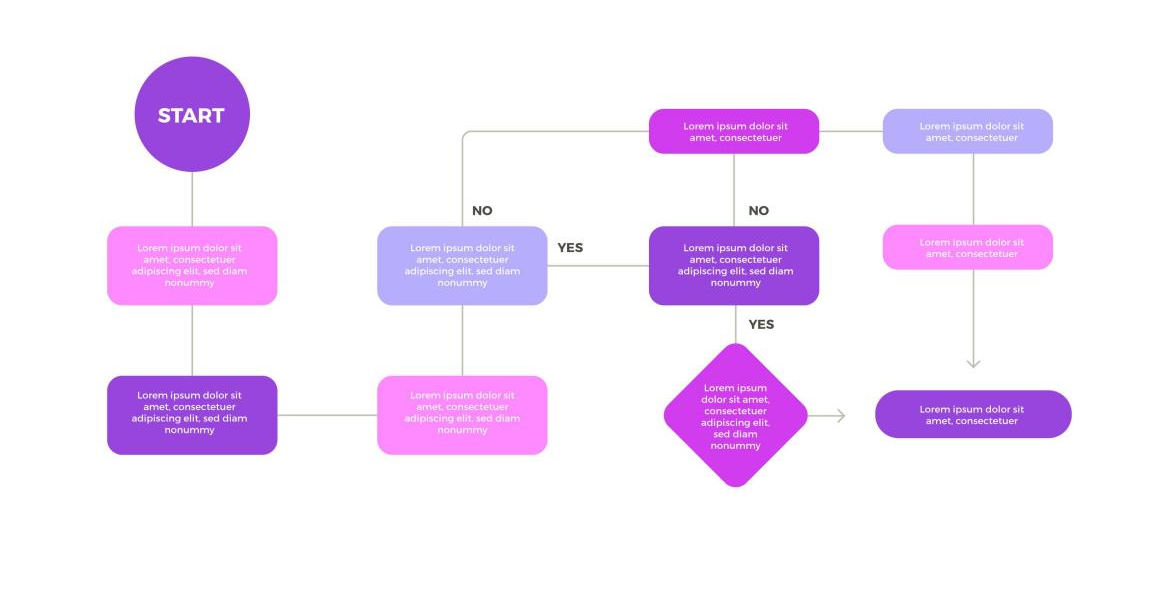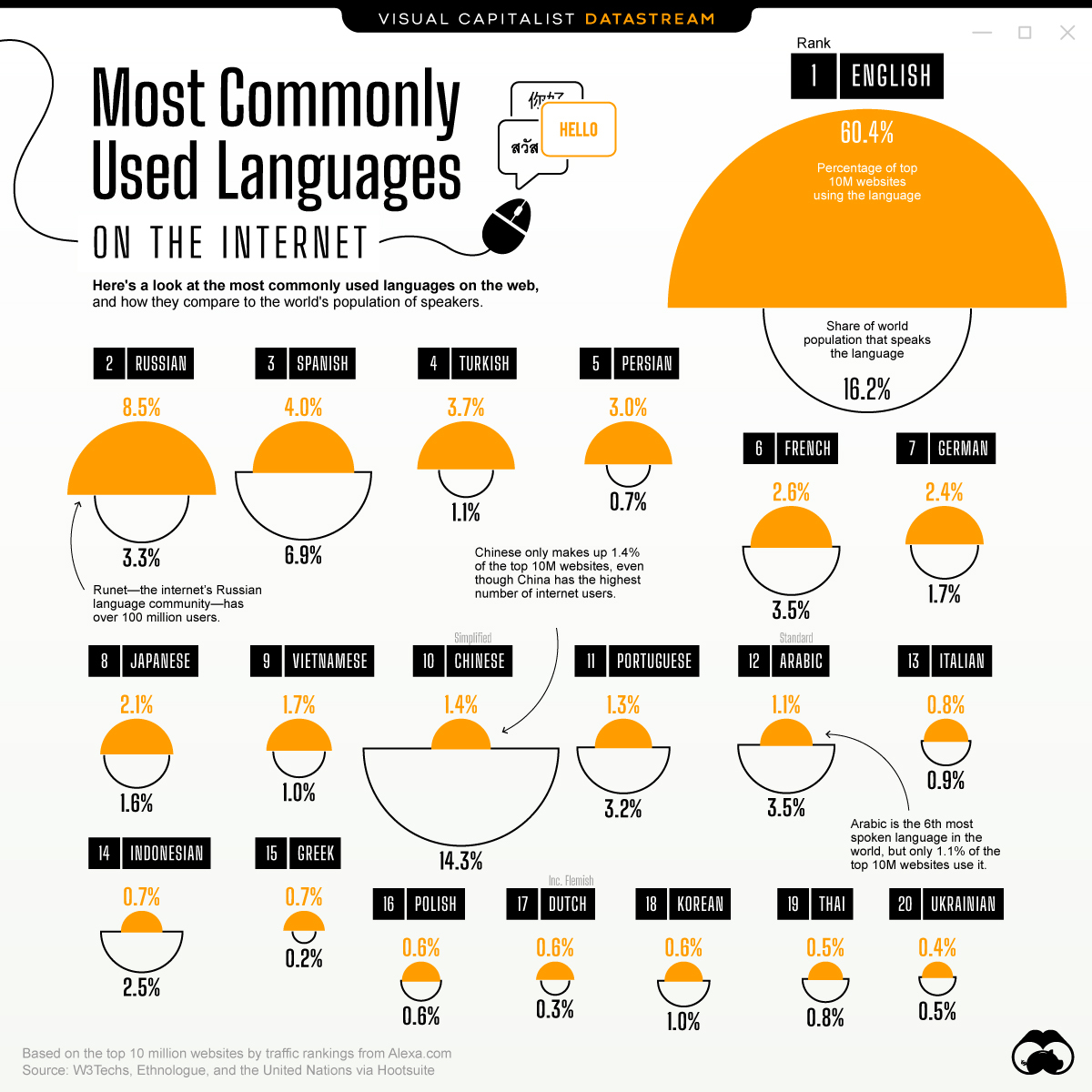In today's digital environment, reaching a global audience is essential for any business aiming to thrive beyond local markets. As a content creator or marketing professional, understanding how to develop and implement multilingual content strategies is vital. However, this process involves more than just translating words; it requires a nuanced approach that respects cultural differences while ensuring effective communication. This guide will explore how AI tools can enhance your multilingual content strategies, optimize your international SEO efforts, and ultimately expand your market presence while retaining essential cultural contexts.
Research from Stanford University highlights that AI detectors often exhibit biases against non-native English writers. Furthermore, it is projected that by 2024, up to 90% of online content may be synthetically generated. These insights underscore the urgent need for effective multilingual strategies that address cultural sensitivity and accuracy. Let’s explore the key components that are crucial for successfully navigating the realm of AI-driven multilingual content.
Why Multilingual Strategies Matter for Global Growth
Expanding into global markets necessitates a thorough understanding of diverse cultures and languages. Multilingual content is more than just words on a page; it involves crafting messages that resonate with different cultural values and preferences. While automatic translations can help you scale quickly, they often overlook the nuances that a personal touch provides.
To effectively engage international audiences, you should recognize the increasing significance of localized content. According to a report from Visual Capitalist, more languages are represented online than ever before, making multilingual strategies not merely beneficial but essential for reaching a wider audience.
An infographic illustrating global internet language usage (Source: Visual Capitalist)
Harnessing AI for Efficient and Accurate Translation
Recent advancements in Neural Machine Translation (NMT) and large language models have significantly improved translation processes. NMT systems, such as Google's GNMT, translate entire sentences and consider context, leading to translations that are more accurate and fluent. Research indicates that these models have achieved a 44% improvement in translation quality over previous systems, as measured by BLEU scores.
Real-time adaptive translation systems allow for continuous adjustment based on user feedback, enhancing the overall quality of translated content. For instance, SYSTRAN’s PNMT engine enables customization using brand-specific glossaries, ensuring that translations remain relevant within specialized industries.

A comparison graphic showing improvements in translation quality thanks to AI (Source: MT-G Blog)
By utilizing these advanced AI tools, you can deliver high-quality translations that adapt not only to linguistic needs but also to cultural contexts, reinforcing your brand's presence in diverse markets.
AI-Powered Dubbing Unlocking Global Audiovisual Opportunities
AI technologies are reshaping the dubbing landscape, enabling more efficient localization of audiovisual content. AI-driven dubbing solutions can cut production time by up to 50%, facilitating quicker releases in new markets. Moreover, AI dubbing can lower costs considerably—up to 60% compared to traditional methods.
These technologies allow you to scale your content across multiple languages simultaneously, ensuring that diverse audiences receive localized versions. Innovations in AI enable more natural-sounding dubbing while preserving the emotional nuances integral to the original content. Furthermore, integrating these AI tools into media workflows streamlines the localization process, enhancing your global outreach.

A visual comparison of traditional dubbing versus AI-powered dubbing workflows (Source: Flowster)
Leveraging AI dubbing not only conserves resources but also allows you to test new markets with minimal upfront investment, extending the monetization potential of your content.
International SEO Strategies for Multilingual Content
Effective international SEO is critical for maximizing visibility in various languages. By adopting focused keyword localization techniques, you can enhance engagement significantly. Localized keywords can lead to up to a 308% increase in engagement, underscoring the value of this approach. Additionally, implementing hreflang tags helps search engines understand which language and regional version of your content should be displayed to users.
The structure of your multilingual website is also essential for SEO success. A clear, organized layout that categorizes languages effectively improves user experience and helps search engines index your content more efficiently. Tools like Google Search Console can aid in monitoring performance across different language versions.

A diagram showing a successful multilingual SEO website architecture (Source: Cloudfront)
Through strategic international SEO practices, you can ensure that your content reaches the widest audience possible while remaining relevant across cultural contexts.
Best Practices for Integrating AI with Human Expertise in Content Creation
While AI tools bring remarkable efficiency to multilingual content development, effective integration with human expertise is vital. A hybrid approach combines the strengths of both AI technologies and human oversight to maintain quality.
For example, you can establish clear workflows where AI handles repetitive tasks, such as transcription or translation memory management, allowing human experts to focus on more nuanced elements of content creation. Investing in training your staff to use these AI tools efficiently is equally important.
Netflix exemplifies a successful integration of AI and human oversight to guarantee high-quality standards in captioning and audio descriptions. By adopting similar practices, you can improve overall content quality and streamline processes.

A flowchart illustrating AI and human integration in content workflows (Source: Wondershare)
By incorporating these best practices, you can develop a balanced ecosystem that leverages the advantages of both AI tools and human creativity.
Addressing Ethics and Bias in AI-Generated Multilingual Content
When utilizing AI-generated multilingual content, ethical considerations are paramount. AI systems can struggle with cultural sensitivity, resulting in misinterpretations or the perpetuation of stereotypes. Studies indicate that AI tools often reinforce biases linked to gender and race, which can affect how content is presented across different languages.
Transparency regarding AI-generated content is crucial, especially in sensitive contexts. Regular audits of AI translations for potential discriminatory language or biases can help mitigate these issues and ensure that your content is respectful and inclusive.

A graph highlighting bias instances in AI-generated content (Source: Contentstack)
By addressing these ethical challenges, you can develop a more robust and socially responsible multilingual content strategy.
Anticipating Future Trends in AI for Multilingual Content Construction
As AI technologies continue to advance, their impact on multilingual content creation will likely expand. For instance, predictive content creation powered by AI can analyze user engagement data to optimize multilingual strategies. Emerging real-time adaptive models enable timely adjustments based on user feedback, bolstering the overall quality of your content.
Additionally, advancements in natural language processing and machine learning are set to enhance AI's understanding of various linguistic contexts. As noted in predictions, AI's influence on content workflows is expected to grow significantly by 2025, fundamentally altering how businesses approach multilingual content.

A timeline graphic capturing the evolution of AI technology (Source: NetCom Learning)
By remaining vigilant regarding these trends, you can ensure that your strategies are both relevant and effective in navigating increasingly complex multilingual landscapes.
Conclusion
Successfully creating AI-driven multilingual content involves balancing technology with human insight. By leveraging advanced AI technologies, employing internationally focused SEO strategies, and recognizing the ethical dimensions of content creation, you can enhance your global presence without compromising authenticity.
As you navigate this ever-evolving digital landscape, your adaptability and foresight will significantly influence your success in multilingual content strategies. Aim to deliver content that connects not only with words but also with the diverse cultural identities of your global audience.

Comentários (0)
Entrar para participar da discussão ou .